Digital marketers are always looking for new and innovative ways to streamline and develop strategies that are efficient and effective. The goal of every digital marketing strategy, no matter the industry, is to provide a solution to a customer’s problem.
The key, however, to solve pain points is to determine the specific needs of your customers at each point during the buying process. From initial discovery to education on products and services to signing a contract, the process involves many touchpoints:
- Email marketing
- Phone calls
- Video conferencing
- Demos and free trials
- And more!
Luckily, many marketing software help identify and solve this particular challenge: How can I efficiently communicate with leads without sacrificing quality and effectiveness?
Thanks to marketing automation software, digital teams can now understand and communicate with their target audience more than ever before. Marketing automation software allows teams to work in real time and track progress through thoughtful automated workflows that nurture leads.
This makes automation an essential part of any successful marketing strategy.
By the end of this article, you’ll gain a better understanding of what marketing automation is, how it works, and the benefits of optimizing your strategy.
What is Marketing Automation? Why is it Useful?
Fact: 84 percent of marketers have used marketing automation to successfully achieve their top priorities.
Fact: In 2023, if you’re not utilizing automation software, you’re falling behind. You’re missing out on increased lead generation, higher conversion rates, and better return on investment.
So, what is marketing automation?
It’s a software that automates repetitive marketing and sales tasks through customized workflows. It combines strategy and technology to nurture leads through email marketing, website visitor data, customer service communication, and more.
By automating the everyday, this software allows marketing teams to focus on bigger, bolder projects that require more time and effort.
It saves time and money on basic to-dos, and it turns leads into customers in a more efficient, streamlined way.
The goal of marketing automation is to consistently provide timely, valuable, and tailored content at each point of the buying process.
For example, if a website visitor signs up for a newsletter on your website, you can automate an email to welcome them.
Another popular example is dynamic content. If a website visitor often visits blogs about marketing analytics, you can automate your website to prioritize showing similar blogs. Think of it as, “You might be interested in X based on your user characteristics and/or website behavior.”
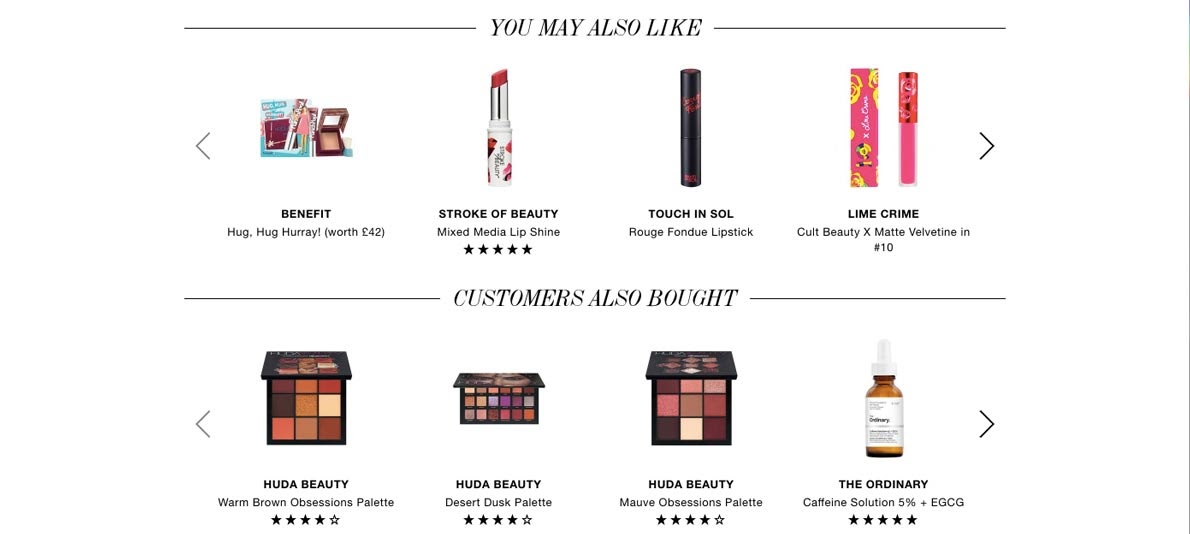

A key aspect of automation software is that most are designed to report analytics on easy-to-read dashboards and charts. This helps marketers track and adjust digital strategies according to how your audience responds to each workflow.
Depending on the marketing automation software, marketers can also explore add-ons, like content management systems, project management tools, meetings and events calendars, and app integrations.
How to Optimize Your Marketing Strategy with Automation
With endless possibilities, a marketing automation software can optimize your multiple parts of your strategy with just a few clicks.
Here’s how to optimize your digital marketing strategy with automation software, like Mirabel’s Marketing Manager:
- Email Marketing
When you think of marketing automation, email marketing is the first concept you think of. In fact, email automation is the most popular kind of marketing automation used.
Use it to send emails based on certain triggers. In Mirabel’s Marketing Manager, triggers include a form submission, new profile, event (website visit, content download), email activity (opened, clicked, bounced, unsubscribe, opt-in), or date.
Automating email marketing saves you time and helps you better understand the buying process and which content resonates.
This helps marketers determine how and when to target your audience in the future. It’ll pinpoint areas of email marketing campaigns that may need improvements based on analytics.
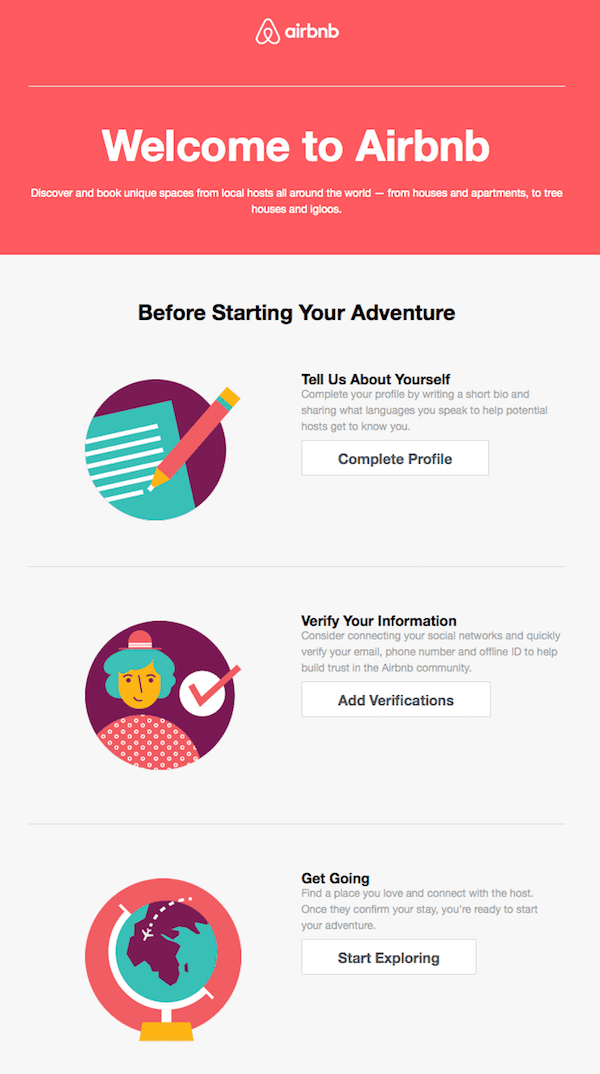

- Social Media
Social media marketing is one of the most important digital marketing strategies. As social media continues to evolve and populate the internet landscape, automation platforms are increasing the number of tools to help.
One of the most popular aspects of social media marketing automation is scheduling out content. Being able to time your content to when your audience will be online ensures that your campaign is effective.
This automation saves a lot of time, and the analytics demonstrate the overall success of your social media efforts across multiple channels. See if your audience interacts with your post through clicks, shares, replies, and other notifications.
It’s also great if you integrate chat apps, like Facebook Messenger, to social media automation tools. It shortens the response time to visitors, and you don’t have to manually log into each platform to keep track.
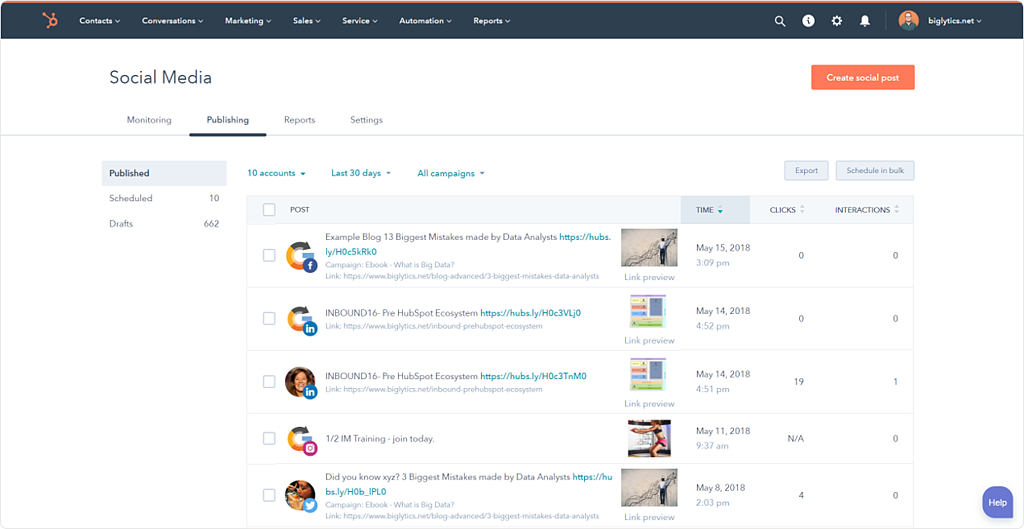

- Paid Ad Campaigns
Marketing automation software isn’t only for organic content. Send out more targeted paid messaging via automation. Exceptional software allows you to integrate with Google Ads or other paid platforms and customize and adjust your ad campaigns.
This means you can spend more time creating and analyzing SEM and PPC campaigns instead of bouncing between open tabs.
- Popups and Chatbot Windows
We mentioned this in social media, and we’re saying it again, because it’s that big of a deal.
Popups and chatbots are becoming more popular, as users continue to turn to tech for the same level of human customer support. Automating popups and chatbot windows on your website and social media pages helps your brand stand out in terms of accessibility and availability.
By implementing an automation tool for popups and chatbots, you’re showing visitors that you care about their needs 24/7. You’ve taken the time to think about different ways to assist them when they reach a piano point.
It’s always a good idea to implement automation tools that display your attunement to your customers’ needs.
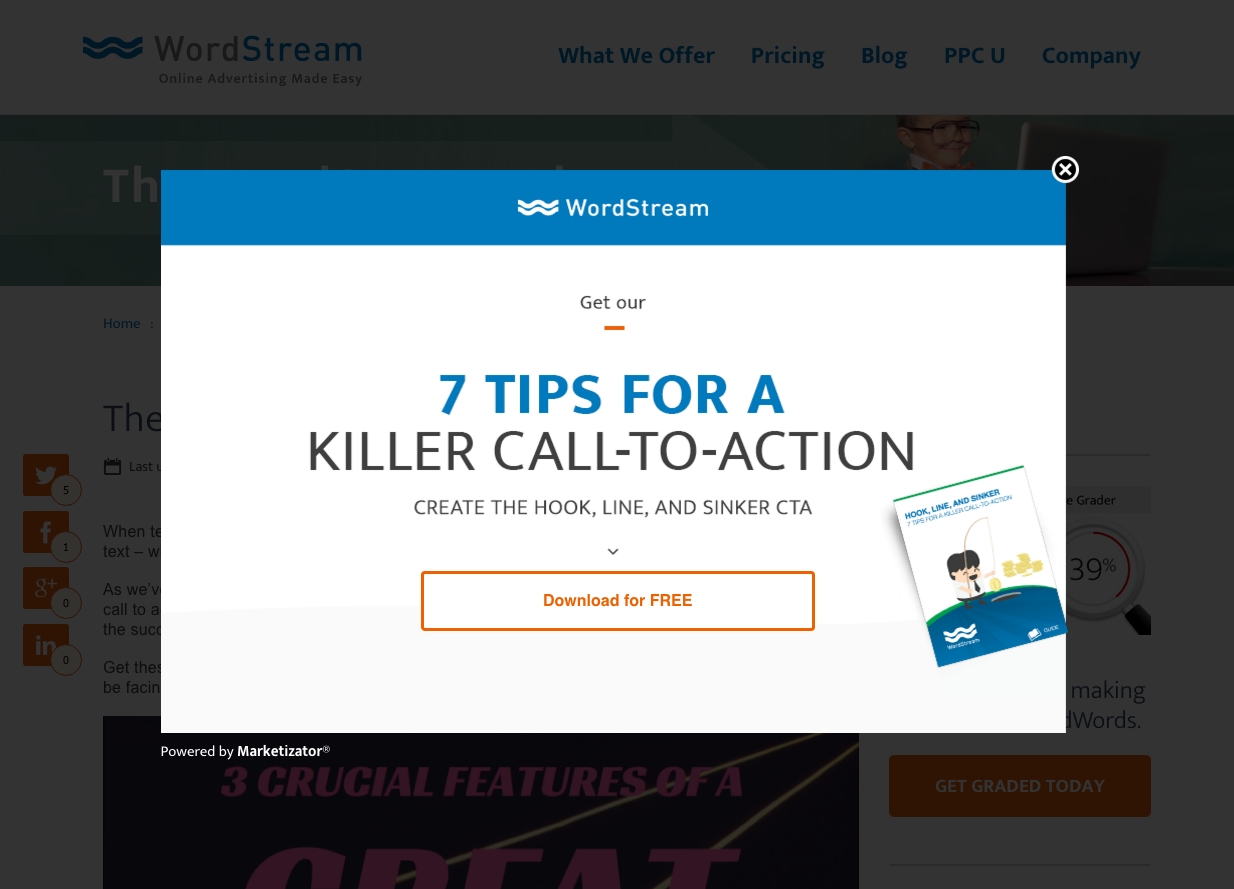

These are just a few strategies that marketing automation software can help optimize. Nearly every marketing task can be solved with automation tools. From connecting with customers and leads to optimizing paid campaigns, automation saves you time and money.
In addition to these optimization tactics, it’s important to think about how your strategies are fulfilling your overall marketing program. Here are a few best practices to consider when optimizing your marketing strategy through automation:
- Define your goals from start to finish.
Before you implement automation tools into your marketing strategy, think about what you want to accomplish. Sit down with your team, and write down what you hope to achieve with an automation platform.
Do you want to spend more time on creative projects? Do you need to elevate a particular part of your marketing strategy, like social media?
Asking yourself these questions ensures that you’re purchasing an automation software for good reason.
- Collaborate with other teams. Make sure you’re all on the same page.
Marketing automation software benefits everyone, from sales to marketing to customer support. Collaboration is key, so take the time to discuss how your teams can use automation to help each other.
It all goes hand in hand, so consider how automation can assist with tasks on every team. For example, when it comes to lead generation and outreach, automation can be utilized to enhance the strategies of both sales and marketing.
- Use list segmentation and visualization tactics.
When it comes to understanding the data you get from implementing automation, remember to segment and visualize your efforts.
Segment your audiences based on specific characteristics and behaviors, like pages visited or content downloaded. This is an extremely useful tool that helps you get a better sense of what your audience is looking for.
Using this, you can identify what’s working and what needs to be improved. Thankfully, most marketing automation software offers data visualization tools, such as graphs, charts, and so on.
By seeing how your marketing efforts play out in real time, you’ll be able to figure out what you can do moving forward.
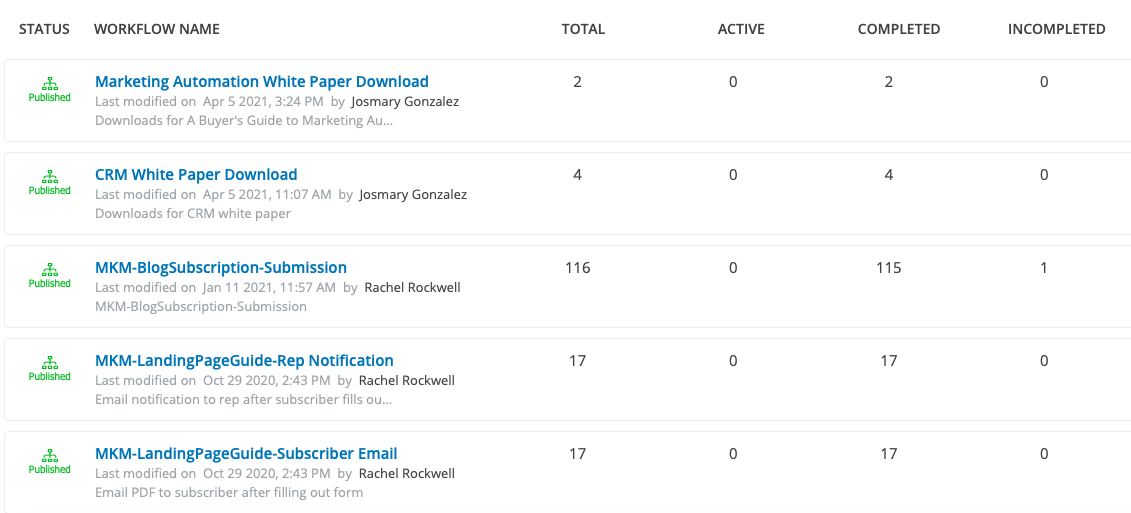

- Prepare your content ahead of time.
When automating email, social media, and other ad campaigns, content is key. The content you create is what sparks interest from your audience and begins lead nurturing efforts.
With that in mind, it’s always a good idea to prepare a content calendar ahead of time, so campaigns can roll out smoothly when it comes time to automate. Automation works best when you outline a plan, so don’t wait to create last- minute content.
- Keep your database clean and organized.
In addition to preparing your content ahead of time, keeping an organized database is a best practice for marketing automation. Take the time to clean out your database of contacts and verify email addresses with online tools like Clean Your Lists. This will help you identify high-quality leads and how they can be reached.
A clean and organized database ensures that your automated strategies are being sent to the right audience at the right stage of the buying process.
- Utilize workflows that sense for your target audience.
Using a clean and organized database of contacts, you can set up proper workflows for each segmented audience. Setting up different workflows with different content (based on the needs of your audience) ensures that you respond to the right pain point.
These workflows will also help you understand where your audience is coming from and what they’re looking for from your company. What problems can your product or service solve? What medium can you use to share your solution? It all depends on your audience.
- Measure and analyze your efforts as you go.
Take the time to measure and analyze your results as you go. One of the biggest benefits of automation is that you’re able to visualize the data behind your digital marketing strategy in graphs and charts.
Data is the most valuable thing you can get your hands on when fine-tuning and enhancing your marketing strategy. Constantly keeping track of measurable efforts will help you determine if you’re meeting your original goals.
While optimizing your marketing efforts seems daunting at first, an automation software helps tremendously. It tracks with your goals, assists in improving content strategies, and puts your audience first. It visualizes data and automates everyday tasks, so you can focus on the bigger strategy.
If you’re looking for a software that can help, check out Mirabel’s Marketing Manager. Click below to learn more.
Nathan Cenovski and Kelly Jacobson contributed to this blog.
SEE FOR YOURSELF
Watch an overview to learn how B2B marketing automation by Mirabel Technologies can help you increase traffic, optimize your funnel, drive more leads, improve conversions, and boost ROI — at a price you can afford!

